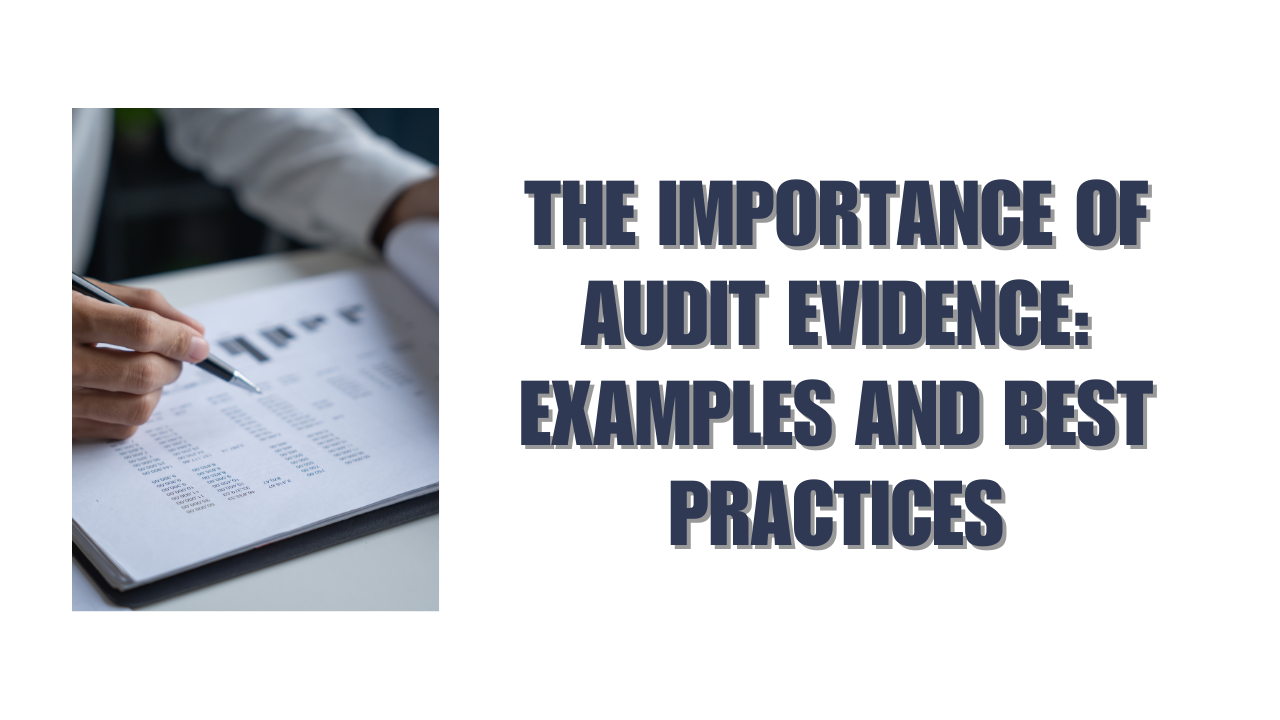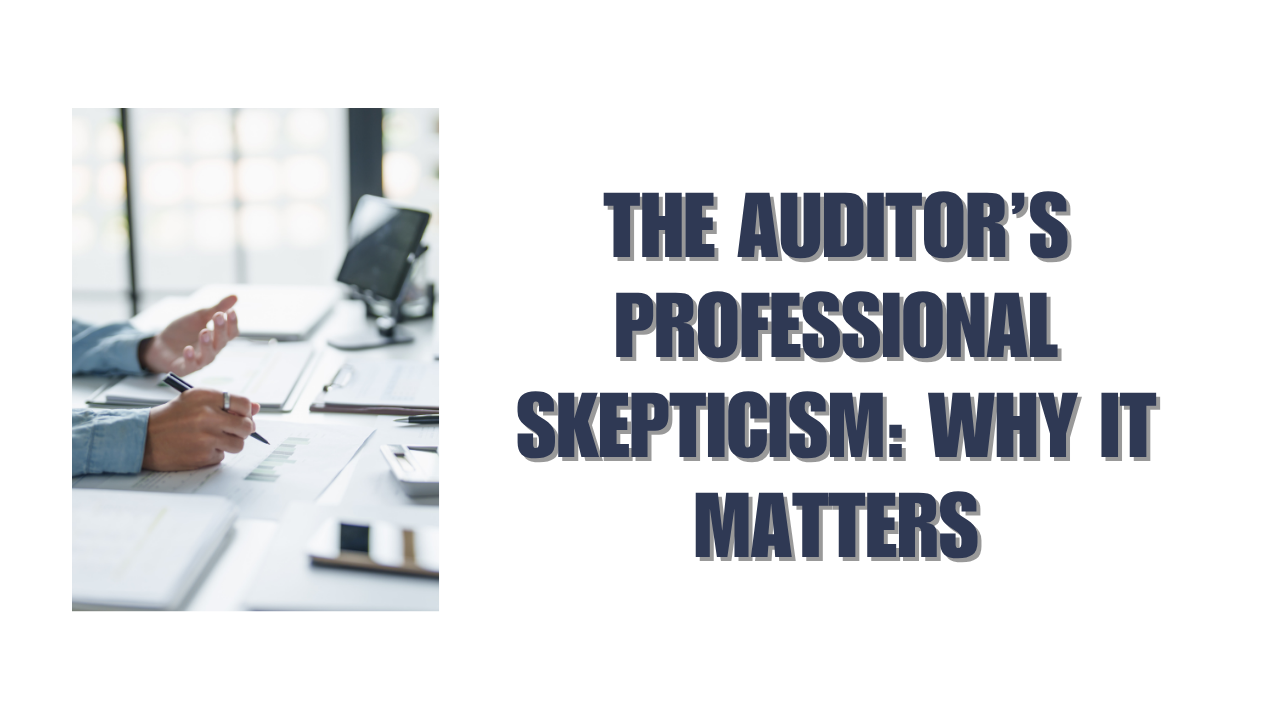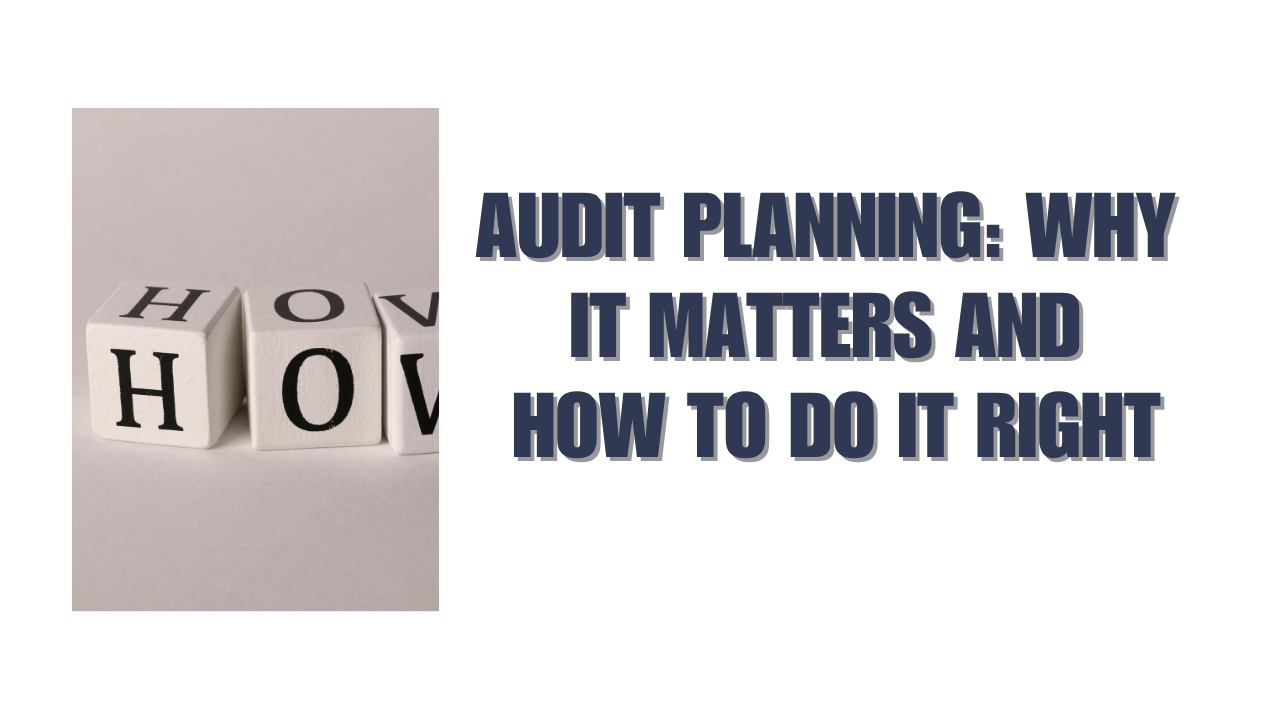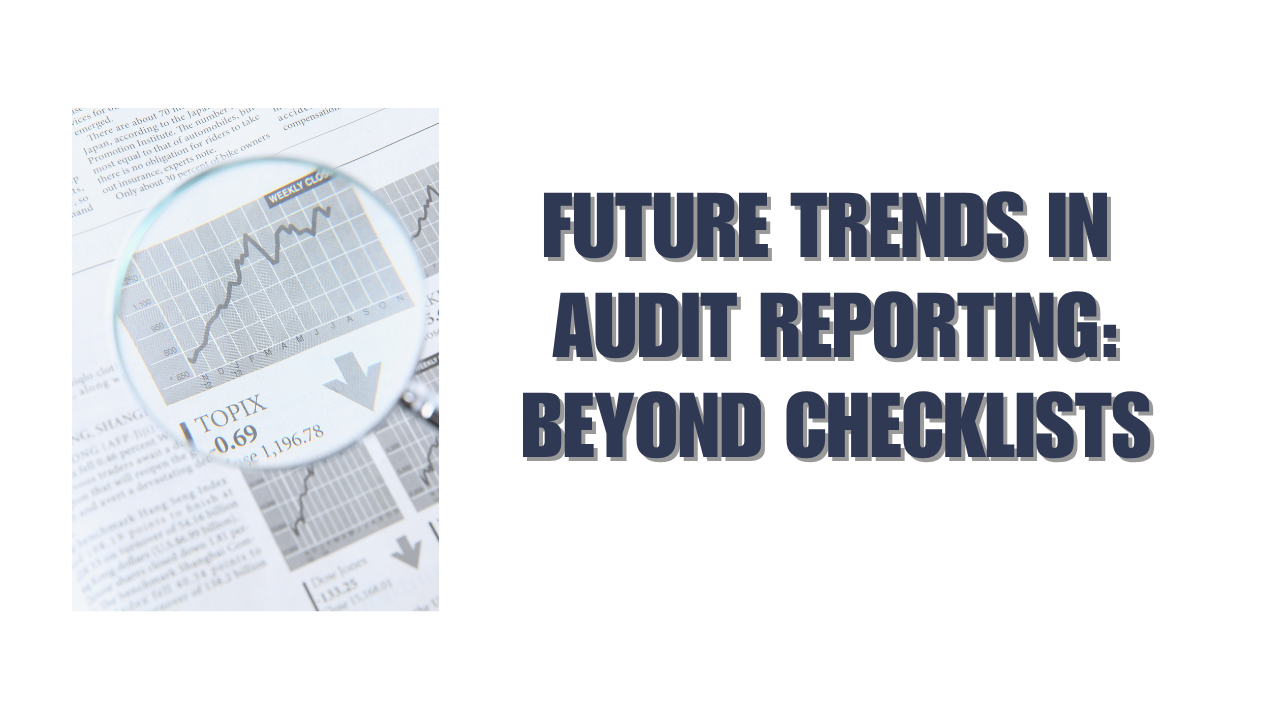Audit quality depends on one essential ingredient: audit evidence. Whether an audit is designed to ensure compliance, verify financial accuracy, or build investor confidence, the credibility of findings rests on the quality of the evidence collected. For businesses, strong audit evidence is about satisfying regulatory requirements and creating transparency and building trust with stakeholders.
In this article, we explain why audit evidence matters, share common examples, and highlight best practices that companies can adopt to make their audits smoother and more effective.
Why Audit Evidence Matters
At its core, audit evidence is the proof auditors use to support their opinions on financial statements. It is the foundation for conclusions about whether financial reporting is fair, accurate, and compliant with standards. Without sufficient, relevant, and reliable evidence, audit results cannot be trusted.
From a business perspective, the importance of audit evidence extends far beyond compliance. It helps:
- Strengthen internal controls by identifying weak areas in financial processes.
- Increase stakeholder confidence, reassuring investors, lenders, and regulators.
- Reduce risks of misstatements, fraud, or financial mismanagement.
- Support better decision-making with verified, accurate financial information.
High-quality evidence ensures an audit delivers value as a compliance exercise and as a tool for long-term financial stability.
Types and Examples of Audit Evidence
Audit evidence comes in many forms, and businesses should be familiar with what auditors typically review. Common categories include:
1. Physical Evidence
This includes tangible items such as inventory counts, fixed assets, or equipment verification. For example, an auditor may physically inspect machinery or observe a warehouse stock count to confirm reported figures.
2. Documentary Evidence
One of the most widely used forms, documentary evidence consists of invoices, contracts, receipts, bank statements, and payroll records. These documents provide written proof of transactions and financial activities.
3. Analytical Evidence
This involves using data analysis techniques to identify trends, patterns, or unusual variances. For example, comparing current year sales with prior years or analyzing expense ratios can help confirm reported figures.
4. Oral Evidence
Auditors may also gather information through interviews with management, staff, or external parties. While not sufficient alone, oral evidence helps corroborate documentary or analytical findings.
5. Third-Party Confirmations
Independent confirmations-such as bank verification letters, supplier statements, or customer balance confirmations-are considered highly reliable. They validate financial information directly from external sources.
Each type of evidence plays a role in building a comprehensive picture. Strong audits typically combine these forms to ensure both depth and accuracy.
Characteristics of Strong Audit Evidence
Not all evidence is equal. For audit evidence to be effective, it should have these qualities:
- Relevance: The evidence must directly relate to the audit objective. For example, a bank statement is relevant when verifying cash balances.
- Reliability: Evidence from independent, third-party sources is considered more trustworthy than internal records alone.
- Sufficiency: Auditors must collect enough evidence to support their findings. One or two samples are rarely adequate.
- Timeliness: Evidence should reflect the period under review to avoid discrepancies.
When these qualities are met, the audit provides results that stand up to scrutiny from regulators, investors, and boards.
Best Practices for Businesses
Companies can take proactive steps to ensure audit evidence is available, accurate, and useful. Following best practices supports auditors and reduces disruptions during the audit process.
1. Maintain Organized Records
Keeping financial documents well-organized is critical. Invoices, contracts, payroll data, and receipts should be stored systematically-whether digitally or physically. A central repository ensures auditors can easily access necessary records.
2. Adopt Digital Tools
Automation and accounting software reduce human error and create clear audit trails. Digital systems also allow for real-time reporting, making it easier to provide timely and accurate evidence.
3. Strengthen Internal Controls
Strong internal controls-such as segregation of duties, authorization protocols, and regular reconciliations-help ensure that evidence is accurate before it reaches auditors.
4. Encourage Transparency with Auditors
Companies should communicate openly with auditors, providing clarifications and supporting details when requested. Transparency builds trust and speeds up the audit.
5. Regular Internal Reviews
Conducting internal audits or financial reviews throughout the year ensures that potential issues are identified early. By the time external auditors arrive, the business is already prepared with sufficient evidence.
6. Train Staff
Employees handling financial data should understand the importance of accuracy and proper documentation. Regular training minimizes errors and strengthens the overall reliability of evidence.
The Risks of Weak Audit Evidence
When audit evidence is insufficient, incomplete, or unreliable, the consequences can be significant. Businesses risk:
- Regulatory penalties: Failure to meet compliance standards can result in fines or sanctions.
- Loss of credibility: Stakeholders may lose confidence in management’s ability to safeguard assets.
- Audit delays: Missing or disorganized evidence prolongs the process, increasing costs.
- Financial misstatements: Weak evidence increases the chance of errors going undetected.
In contrast, robust evidence creates confidence, efficiency, and stronger business outcomes.
Audit Evidence in the Modern Business Environment
With the rise of digital transformation, audit evidence practices are also evolving. Data analytics, artificial intelligence, and blockchain are making evidence collection more comprehensive and reliable.
Businesses embracing these technologies position themselves ahead of regulatory demands and stakeholder expectations. This modern approach to audit evidence is about compliance and aligning financial reporting with the pace of global business.
Conclusion
Audit evidence is the backbone of any successful audit. For businesses, the benefits extend beyond compliance-it is a tool for transparency, risk management, and trust-building. By understanding the types of evidence, focusing on reliability and sufficiency, and adopting best practices, companies can make the audit process smoother and more valuable.
In today’s competitive environment, where credibility matters as much as performance, strong audit evidence is essential. Partnering with professional auditors ensures that the evidence gathered is not sufficient for regulatory compliance and it adds value to business strategy.
FAQs
- What are the main types of audit evidence?
Audit evidence typically includes physical evidence, documentary proof (like invoices and contracts), analytical data, oral statements, and independent confirmations from third parties. A combination of these sources ensures accuracy and reliability. - Why is audit evidence important for businesses?
Audit evidence is crucial because it supports the auditor’s opinion on financial statements. For businesses, this means more than compliance-it builds stakeholder trust, strengthens financial reporting, and reduces the risk of fraud or errors. - How can companies improve audit evidence collection?
Businesses can improve by maintaining organized records, using digital systems, training staff, and conducting internal reviews. Proactive preparation ensures that sufficient and reliable evidence is available when auditors need it.






